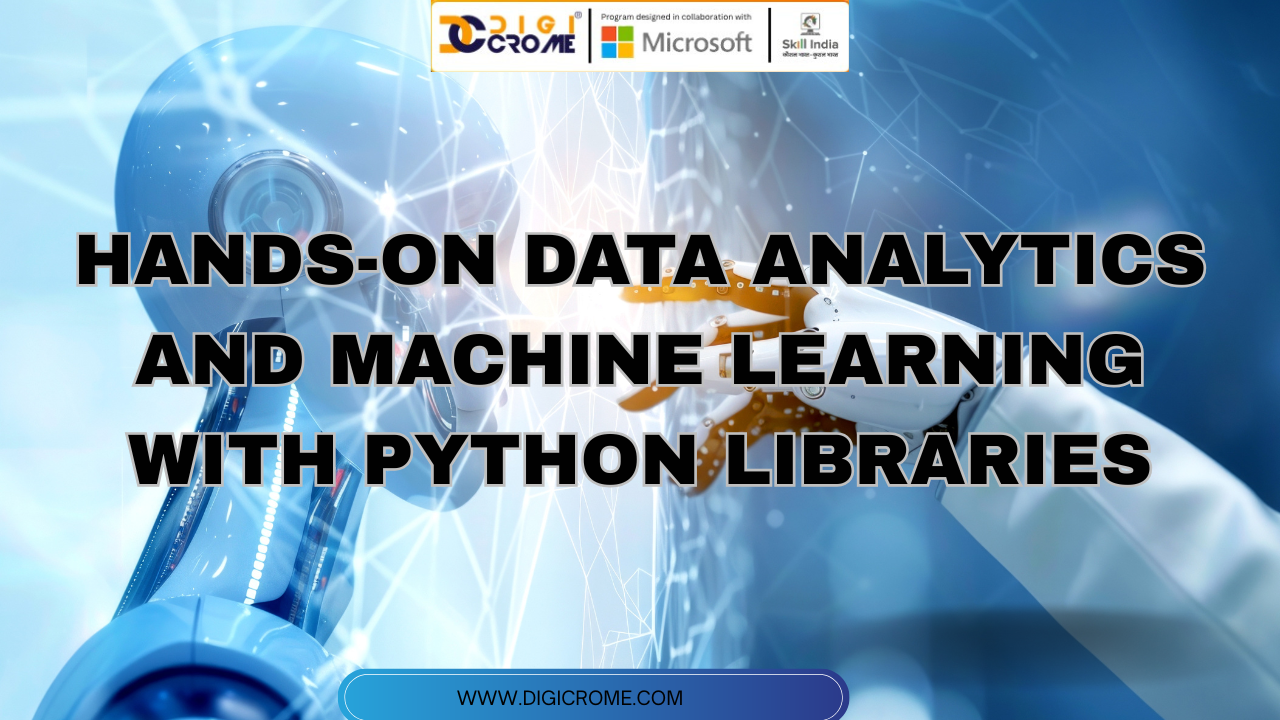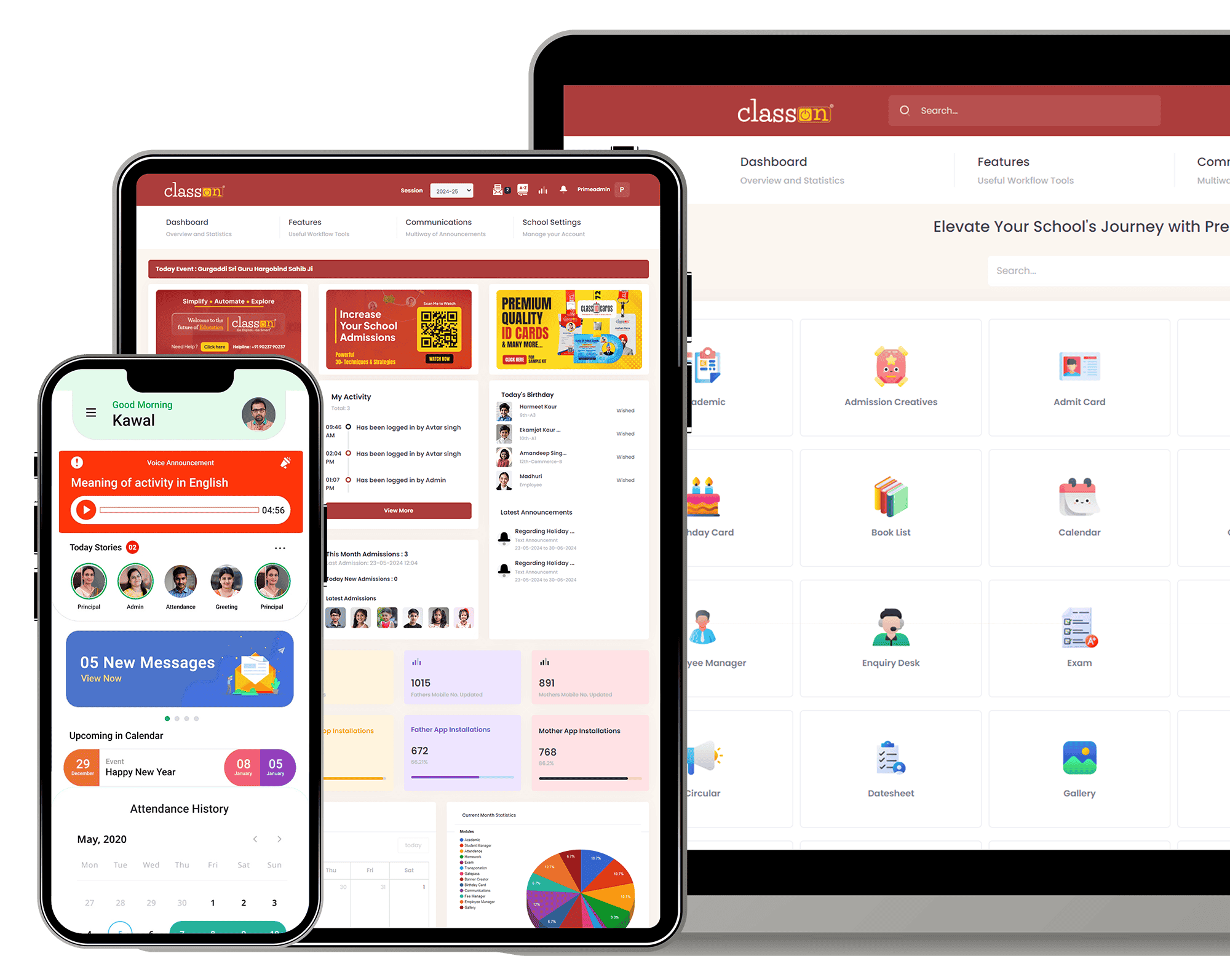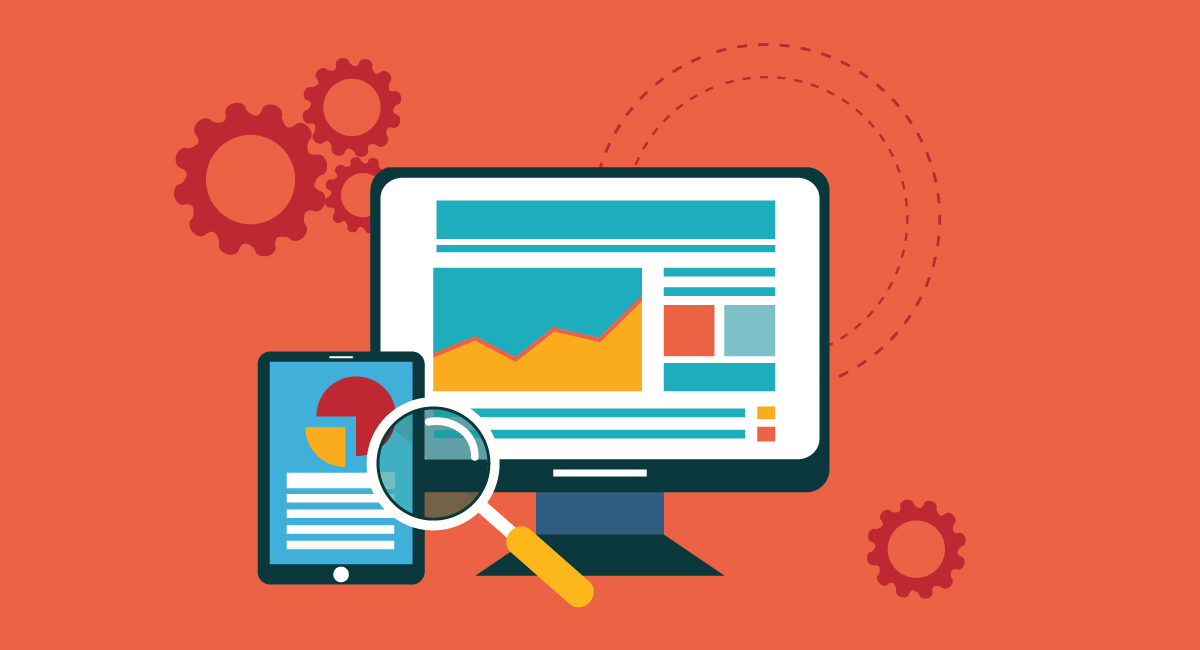In today’s competitive digital globe, institutions rely massively on data to make strategic conclusions, improve client knowledge, and gain a competitive edge. With the rise of considerable data, Python has emerged as ultimate common programming word for construction machine learning and data-driven applications. Enrolling in a Data Analytics and Machine Learning Course Online can help graduates, experts, and enthusiasts get efficient skills in Python, permissive authority to transform inexperienced data into actionable visions utilizing modern machine intelligence methods.
Why Python is the Preferred Choice for Data Analytics and Machine Learning
Python’s popularity in the field of data and AI is no occurrence. It is widely known for its clarity, readability, and the big environment of libraries it offers. For anybody looking to build predicting models, process complex datasets, or experiment accompanying machine intelligence, Python specifies the ideal organization.
Libraries such as NumPy and Pandas make it secure to handle big datasets, clean data, and act leading mathematical operations. Visualization libraries like Matplotlib and Seaborn help analysts generate significant charts and dashboards that highlight patterns and visions. On the machine learning side, Scikit-learn clarifies model education and decision, while structures like TensorFlow and Keras support deep learning applications.
The Hands-On Learning Approach
Theory alone is defective in the world of data analytics and ML. A hands-on approach is what sets successful learners separate. By immediately working on datasets, you can accept the complications of preprocessing, feature design, and model building. For example, an absolute-realm project commit involve resolving client behavior to conclude beat rates or construction a recommendation method for browsing programs.
Python makes this proficient journey permissive. With Jupyter Notebooks, learners can write code, anticipate results, and document judgments in a single atmosphere. This common style of systematize encourages experiment and boosts problem-solving abilities, guaranteeing that learners gain both theoretical information and effective knowledge.
Essential Python Libraries You Must Learn
- Pandas – For data cleaning, manipulation, and study.
- NumPy – For analytical computing and array actions.
- Matplotlib & Seaborn – For building interactive plots and visualizations.
- Scikit-learn – For reversion, classification, grouping, and judgment versification.
- TensorFlow & Keras – For building and preparation deep learning models.
- NLTK & SpaCy – For natural language processing tasks.
These libraries create Python a one-stop resolution for taking up data challenges, varying from easy data to advanced AI demands.
Industry Applications of Data Analytics and Machine Learning with Python
Python-powered analytics and machine learning models are revolutionizing industries. In healthcare, predictive models assist in early disease discovery. In finance, fraud discovery methods powered by ML algorithms preserve arranging millions. Retail companies use approval appliances to personalize browsing knowledge, while marketing organizations influence predicting analytics to improve campaigns.
The adaptability of Python ensures that learners are corporation-ready, no matter the sector they select to work in.
Career Opportunities with Python Skills
Professionals accompanying Python knowledge in data analytics and ML are in extreme demand. Roles such as Data Analyst, Machine Learning Engineer, Business Intelligence Analyst, and AI Specialist are growing speedily across activities. Organizations expect entities which can not only resolve datasets but further build models that develop administrative and functional efficiency.
Moreover, Python is beginner-friendly, making it accessible for freshers, while allure leading libraries offer the adaptability compulsory by knowledgeable specialists.
The Future of Python in Analytics and ML
As machine learning and artificial intelligence continue to develop, Python will stay at the center of modernization. With developing trends like AutoML, cloud-situated ML programs, and AI assimilation into enterprise workflows, the demand for professionals skillful in Python will only increase.
Investing show up learning Python libraries today guarantees a powerful course organization for tomorrow.
Conclusion
Hands-on learning accompanying Python libraries is the best course to master data analytics and machine intelligence. From data preprocessing to construction ML and AI models, Python offers a complete toolkit for learners at all levels. The key search out practice always, work on certain-experience datasets, and stay revised accompanying evolving libraries and plans.
For experts seeking to upskill, enrolling in a Deep Learning Course for Working Professionals can provide structured preparation, project-based knowledge, and mentorship, ensuring they gain knowledge specially both useful and industry-appropriate. By learning Python libraries for data and ML, learners can position themselves as valuable assets in today’s data-driven economy.



